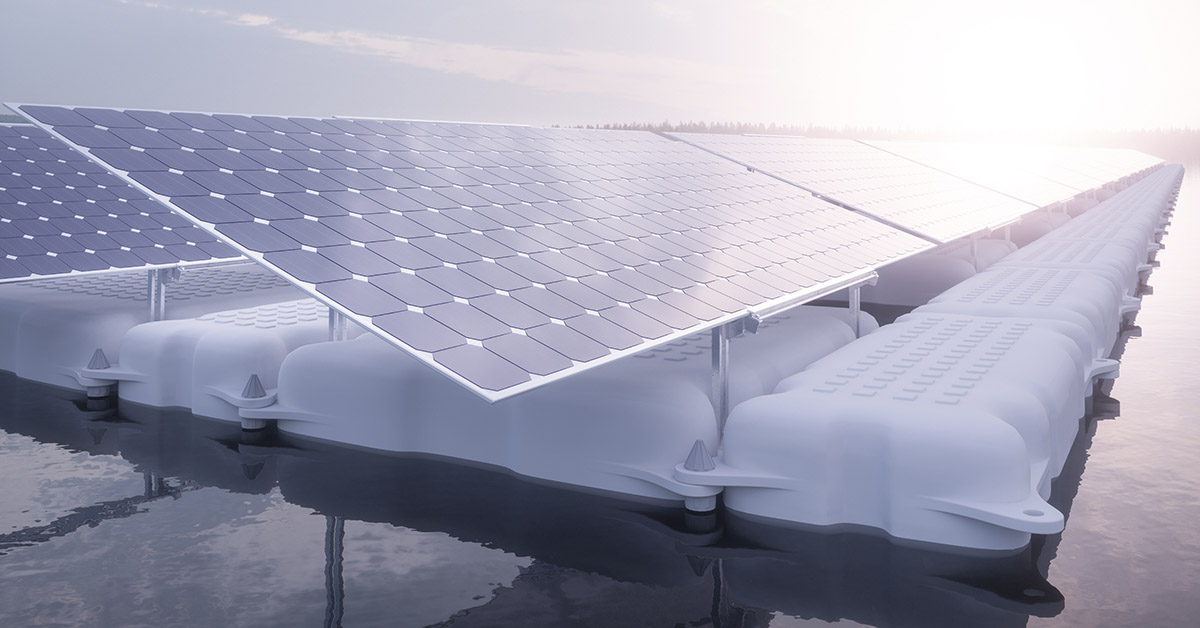The world has been in dire need of consistent renewable energy sources for some time now. One innovative solution to this problem is the use of floating solar panels. These solar panels work the same way as any other solar panel does but are instead installed on water bodies like lakes, reservoirs, and oceans. This article will explore the benefits and challenges of the panels and how they can power electric grids.
Benefits of Floating Solar Panels
The first and most significant advantage of floating solar panels is that they can generate more electricity than traditional land-based solar panels. This is because water bodies reflect more sunlight, and the cooling effect of the water helps to increase the efficiency of the solar panels by up to 15%. They are also easy to install and do not require the use of valuable land, which is often in short supply in many parts of the world.
Almost a dozen countries are using solar farms in the water already. China, South Korea, Japan, Thailand, Portugal, Singapore, and Switzerland already have functioning floating solar panels, with India and Indonesia in development, and Zambia and Zimbabwe’s border (home of the largest man-made lake in the world) is also looking to join the ranks¹.
Powering Electric Grids
Floating solar panels are becoming increasingly popular as a renewable energy source for powering electric grids. The large-scale floating solar panel projects already in operation have shown that they can provide a significant amount of energy to the grid, with a home being powered every four and a half panels per year.
One of the main advantages of these types of panels is their versatility. Panels can be installed close to the point of consumption, reducing the need for long-distance transmission lines or further away where there is space in the water. This can reduce transmission losses and improve the reliability of the grid. In addition, floating solar panels can be used in conjunction with other renewable energy sources, such as wind and hydroelectric power, to create hybrid energy systems that can provide a stable and reliable energy source.
Challenges of Floating Solar Panels
Despite the benefits, there are still some challenges that need to be addressed. One of the main challenges is the high cost of installation. Floating solar panels require specialized equipment and materials, which can be expensive. They are, on average, 25% more expensive to install than ones on land. In addition, the maintenance of the panels can be challenging, as they are exposed to harsh weather conditions and water corrosion.
Another challenge is the impact that floating solar panels can have on the ecosystem of water bodies. The panels can alter the temperature and oxygen levels of the water, which can affect aquatic life. However, these impacts can be minimized through careful site selection and the use of innovative designs that minimize the impact on the ecosystem. There is no conclusive evidence of floating solar panels directly affecting the ecosystem, but concerns are worth noting.
An Innovative Solution
These panels offer an innovative solution to the challenge of generating renewable energy. They offer several advantages over traditional land-based solar panels, including higher efficiency, reduced land use, and reduced water evaporation. Floating solar panels are also an excellent option for powering electric grids, as they can be installed close to the point of consumption, reducing transmission losses and improving grid reliability. While there are still some challenges that need to be addressed, such as high installation costs and ecosystem impacts, the benefits are significant, as can be seen by their prevalent use already. As the world continues to search for sustainable and reliable sources of energy, floating solar panels are emerging as a promising solution that can help to reduce our dependence on fossil fuels.
Keep Reading: Wind Catcher: The 1,000-foot Multi-Rotor Floating Turbine That Can Power 80,000 Homes

